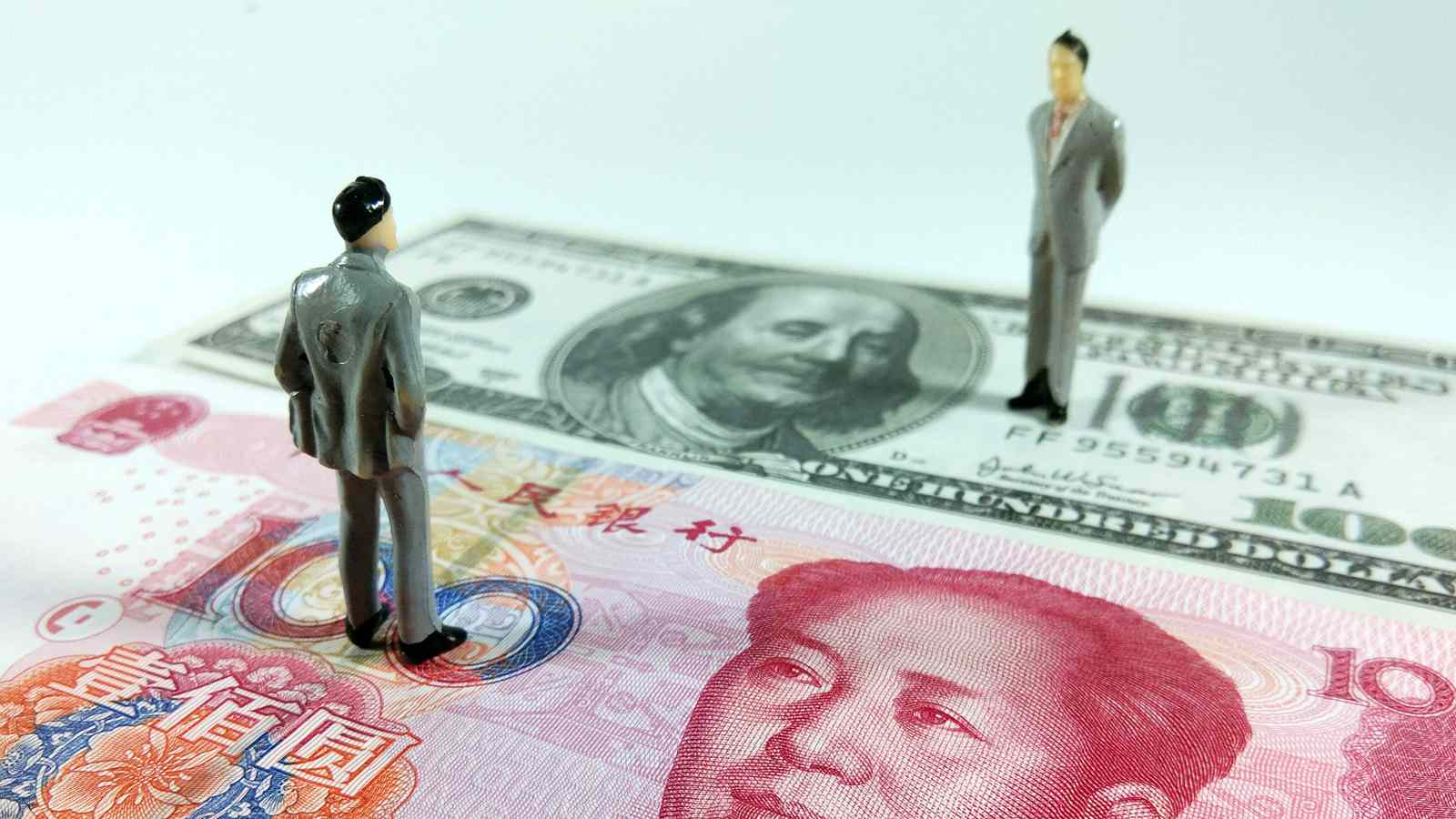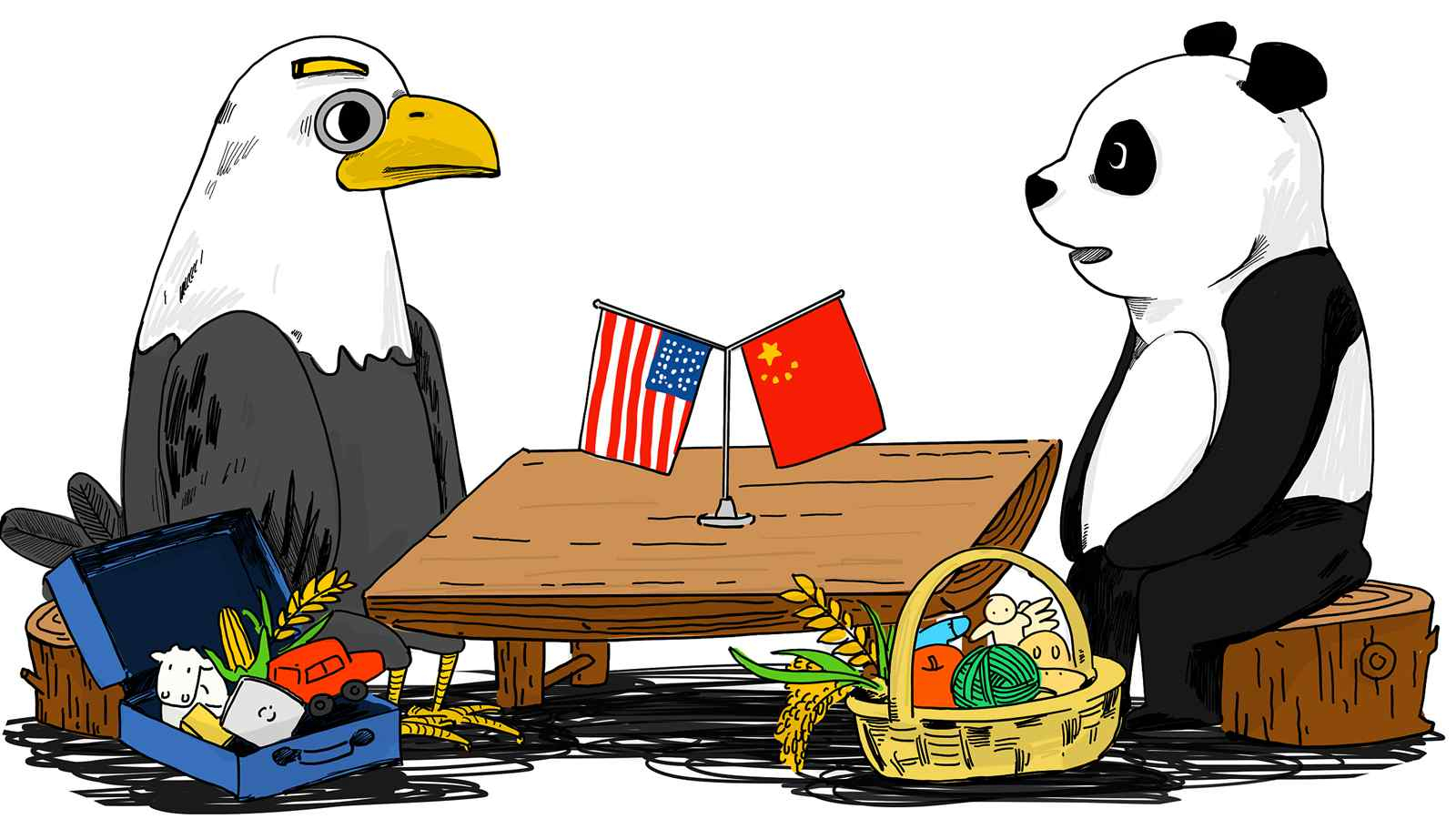
Business
17:57, 31-Dec-2018
A recap of China-U.S. trade friction in 2018
Updated
17:36, 03-Jan-2019
By Ge Lin
01:36

The trade friction between the U.S. and China was one of the biggest stories of 2018. The conflict concerns not only the two countries but the entire global economy.
Trade disputes between the U.S. and China were brought to the surface in 2018. U.S. President Donald Trump blamed China for America's trade deficit and signed an executive memorandum on March 22 to impose tariffs on up to 60 billion U.S. dollars worth of Chinese imports.

U.S. markets feel the impact as China-US trade tensions. /VCG Photo
U.S. markets feel the impact as China-US trade tensions. /VCG Photo
A couple of weeks later, the White House unveiled a list of 1,300 Chinese goods that could be hit with 25 percent tariffs. The list had a value of 50 billion U.S. dollars and specifically targeted Chinese high-tech industries.
On April 4, Beijing responded to Trump's threats with the same magnitude and proportion of potential tariffs. The Chinese retaliation list included many agricultural products, in addition to automobiles and aircraft.
Then, things started to look brighter, at least for a while. The two countries held three rounds of talks in May and June, agreeing to put trade tensions on hold.

China plans further trade talks with the U.S. in January. /VCG Photo
China plans further trade talks with the U.S. in January. /VCG Photo
But the peace didn't last for long, as the White House actually imposed part of the previously announced tariffs on July 6. And that was a few days before the Trump administration proposed to levy additional tariffs on 200 billion U.S. dollars worth of Chinese goods.
The move left China with no option but to announce a retaliatory tariff plan on 60 billion U.S. dollars worth of American imports on August 3. Then the world's two largest economies put their words into practice over the next couple of months.
It was only in the last month of 2018, after Trump and Chinese President Xi Jinping met in the G20 summit in Argentina, that the two countries made a temporary truce.

SITEMAP
Copyright © 2018 CGTN. Beijing ICP prepared NO.16065310-3
Copyright © 2018 CGTN. Beijing ICP prepared NO.16065310-3